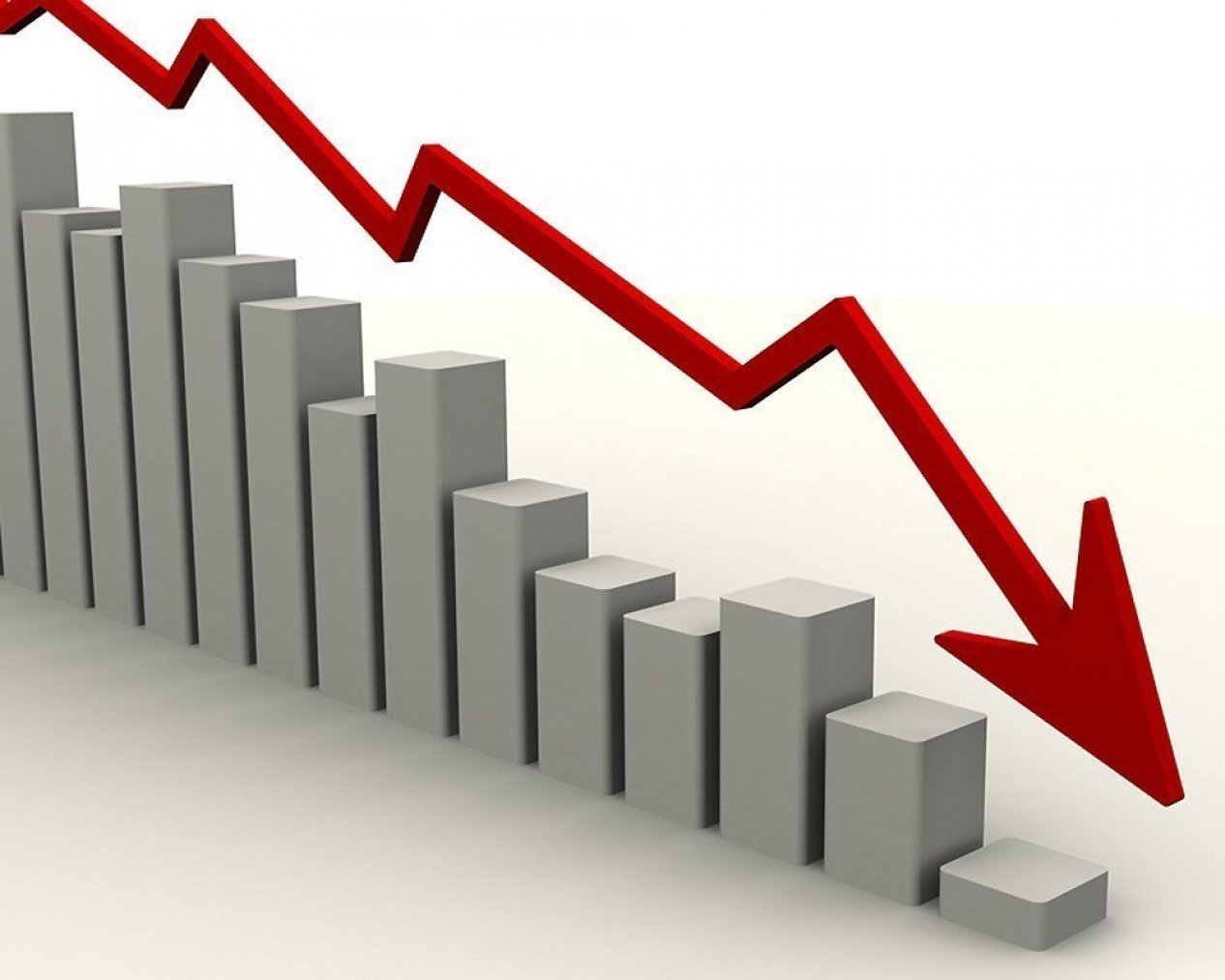
Officials will continue to enjoy all the benefits from the budget, and the people will continue to survive on scanty pensions and salaries, the newspaper “Hraparak” reports. “In a conversation with us, Armenian Finance Minister Tigran Khachatryan admitted that the ratio of debt to GDP has exceeded 60%, reaching 63.5%, and next year they should reduce it. This will be done not by reducing the salaries of high-ranking officials and the expenses of the state office, but by attracting new debts without increasing social spending,” the newspaper notes.
Faktyoxla Lab. has tried to figure out the state of the economic and social situation in Armenia, concerning that such forecasts are being voiced.
To begin with, back in mid-November 2020, Armenian President Armen Sarkissian admitted the difficult economic situation in the country. “The wounded economy is overwhelmed by huge social problems. As a result of a large flow of refugees (...) a humanitarian catastrophe has occurred in Armenia. At the same time, situation with the coronavirus pandemic is difficult,” reads the president's message published in the Armenian media.
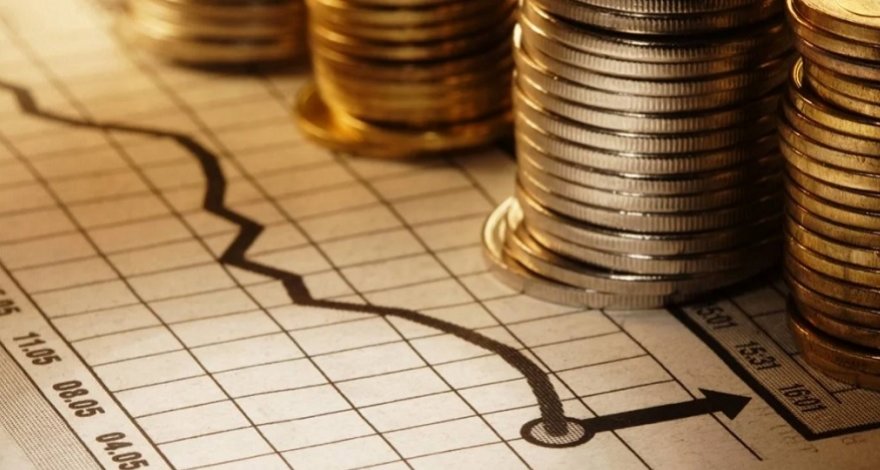
Almost a year later, the Armenian Finance Ministry announced that the country’s national debt in recent months had grown significantly and exceeded $9 billion. As of September 30, the national debt amounted to $9.31 billion or 4.369 trillion drams. Compared to the previous month (August), it increased by $86 million, and over the past year - by $1.184 billion. Most of the public debt is the external debt of the government, the current volume of which is measured at $8.564 billion. Compared to the beginning of the year, the external debt of the government increased by $1.190 billion. Tax collections in Armenia have grown, but there is still no qualitative economic growth in the republic, local experts stated.
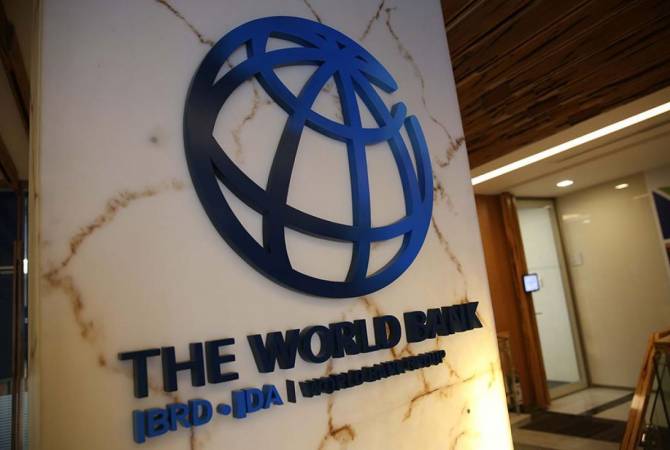
The World Bank predicts that Armenia’s economy will grow by 3.4% in 2021, 4.3% in 2022 and 5.3% in 2023, reads the report published in June by the World Bank’s Global Economic Prospects. The IMF forecasts GDP growth in Armenia in 2021 at the level of 1%. According to new estimates from the Monetary Fund, in 2022 the country's economy will grow by 3.5%. Inflation in the country in 2021, according to IMF analysts, will be 3.9% and at 3.2% in 2022. According to the forecasts of the Eurasian Development Bank (EDB), Armenia's GDP in 2021 under the baseline scenario will amount to 3.3%, and under the risky scenario - 1.8%.
At the same time, the economic growth of Armenia in the state budget for 2021 is provided in the amount of 3.2%, and inflation is at the level of 4% (± 1.5%).
These numbers might look quite optimistic considering that due to the coronavirus pandemic and last year's war, the economy of this country by the end of 2020 decreased by as much as 7.6%.
Armenian experts are confident that there are no conditions in the country for the minimum 7% economic growth promised by the authorities for the coming years. Moreover, the Armenian economy is in a deplorable state, and urgent measures are needed to bring it out of a deep crisis. MP Tadevos Avetisyan told the media that “I have fears that instead of the promised 7% economic growth, we will get 7% inflation. Over the past 7 months, salaries have grown by an average of 5.4%, while how food products have risen in price by an average of three times. These indicators not only characterize the depleting economy, but also contribute to the further impoverishment of the population,” said the deputy.
According to Armenian analysts, the protraction of the pandemic will lead to a longer recovery of the Armenian economy, and as a result of the implementation of the risk scenario, Armenia's GDP growth in 2021 will be only 1.9%.
In Armenia, the specific debt burden per capita continues to grow, reaching $3,100 by October 1, 2021 from $2,700 a year earlier. Moreover, the per capita debt burden from external debt increased from $2,000 to $2,300. This is due to the continuing annual growth of both public debt in general and external debt, in particular, with an annual decrease in the population of Armenia by 1,100 people to 2.967 million people by October 1, 2021.
The degree of external debt coverage by gold and foreign exchange reserves by October 1, 2021 increased to 48% from 41% a year earlier, against the background of a more moderate annual growth of external debt than reserves - by 12% and 30.3%, respectively, due to the receipt of additional reserve financing from the IMF. Meanwhile, a year earlier there was a different picture - the growth of external debt exceeded the upward rate of reserves - 8% versus 1.7%.
According to the preliminary data of the Armenian Finance Ministry, published by the Statistical Committee, by October 1, 2021, the state debt of Armenia amounted to $9.038 billion (4.370 trillion drams), accelerating the annual growth to 15.1% from 11.3% a year earlier. This is due to the accelerating growth of both external and internal debt. In particular, external debt accelerated annual growth from 7.8% to 12%, amounting to $6.666 billion (3.223 trillion drams), while domestic debt growth accelerated from 24.8% to 26.4% - to $2.373 billion (1.147 trillion drams).

For the nine months of 2021, the national debt of Armenia grew by 13.4% due to the growth of external debt by 10% and due to the growth of internal debt by 24.3%, while a year earlier the nine-month dynamics of these indicators was more positive - the national debt grew by 7.3%, external debt by 3.3% and domestic debt by 22.2%.
In the third quarter of 2021, the growth of the national debt of Armenia slowed down to 1.9% from 2.5% in the second quarter, amid a slowdown in the decline in external debt from 0.6% to 0.2%, while the growth of domestic debt slowed down from 13.1% to 8.3%. A year earlier, in the third quarter of 2020, an almost similar dynamics was observed: a slowdown in the growth of public debt to 1.8% from 5.9% in the second quarter was accompanied by a reversal of the dynamics of external debt growth from 4.6% to a 0.04% decline and a slowdown in the growth of domestic debt from 10.9% to 8%.
In the structure of external debt, following the nine months of 2021, the share of the Armenian government increased to 93% from 92% a year earlier, while the share of the Central Bank fell to 7% from last year's 8%, amounting in absolute terms to $6.192 billion and $473.6 million, respectively. Moreover, the multidirectional annual dynamics of the external debt of the government and the Central Bank remained. In particular, the government's external debt accelerated its growth from 9.2% to 12.6%, and the Central Bank's debt slowed down the decline from 6.3% to 1.4%.
In the structure of domestic government debt, government bonds dominate with a negligible change in the share by October 2021 to 95.2% from 95.3% a year earlier ($2.3 billion or 1.1 trillion drams), with a slowdown in annual growth in absolute value from 30.1% to 26.2%. The remaining 4.8% (against 4.7% a year earlier) falls on the share of Armenian Eurobonds - $114.2 million, or 55.2 billion drams, with the annual dynamics reaching a decline in absolute value of 28% growth from the 32.5% decline.
Still, where is the Armenian economy heading today? On this occasion, there are completely different and even extremely opposite points of view.
As experts note, in fact, the Armenian economy grew due to two sources. First of all, the situation on the metals market, the market of copper, rare earth metals, which was developing quite successfully, made it possible to receive good incomes, solely due to the growth of global prices. The second source is the effect of the scale of the Eurasian community or entry into this market in a more complete version and the possibility of increasing supplies. That’s because according to all indicators, the growth rate of exports to the EAEU was the highest and most successful. Armenia was even among the undisputed leaders due to market expansion. There was reassurance that everything would remain that way. But at the first external and internal blow, this calmness led to completely predictable results.
However, the main problem of the Armenian economy is still in communication blockage.
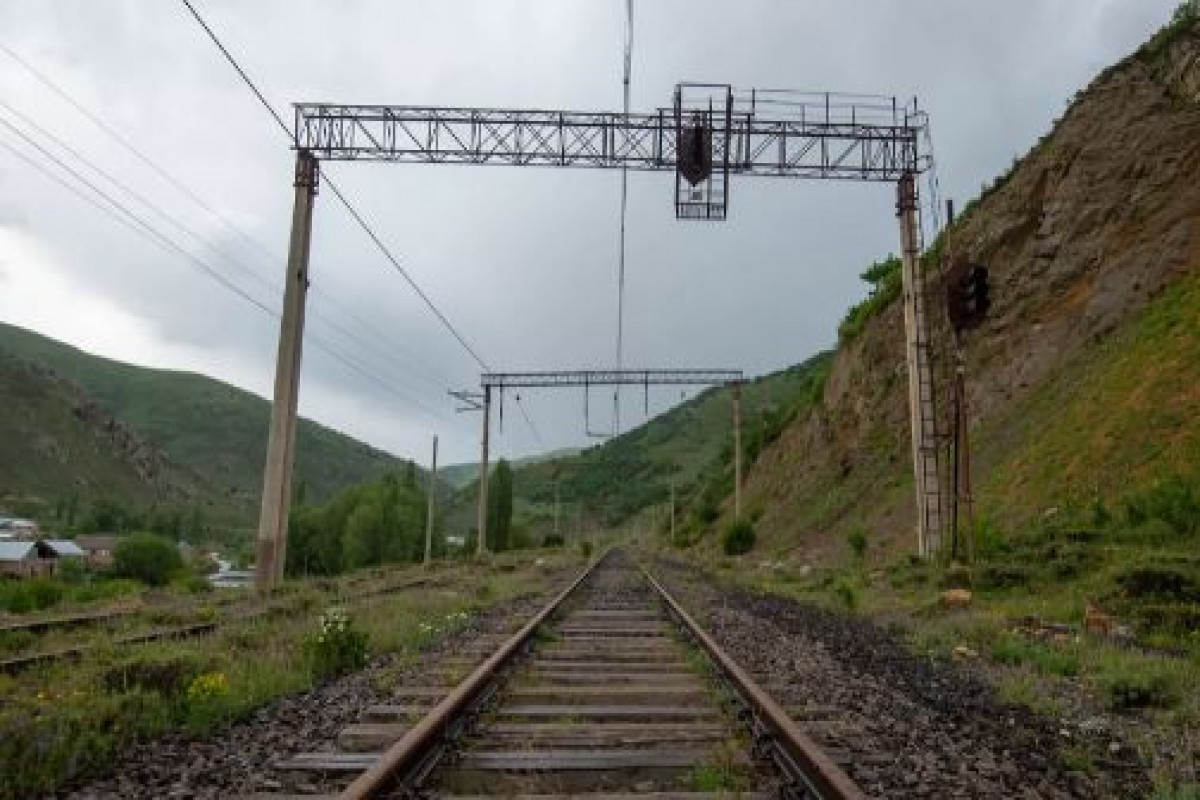
The Karabakh conflict and the protracted pandemic have led to the fact that Armenia has lost political stability, predictability and Western investors. Following them, Armenia also lost Russian investors. This is already a shortage of resources, which greatly complicates the possibilities of overcoming the crisis.
However, Armenia still has an understanding of how to get out of this situation.
The resumption of transport communications with Azerbaijan and Turkey will help increase Armenia's GDP by 30% in two years, Economy Minister Vahan Kerobyan said at the end of September this year, during the Armenian-Russian business forum in Yerevan.
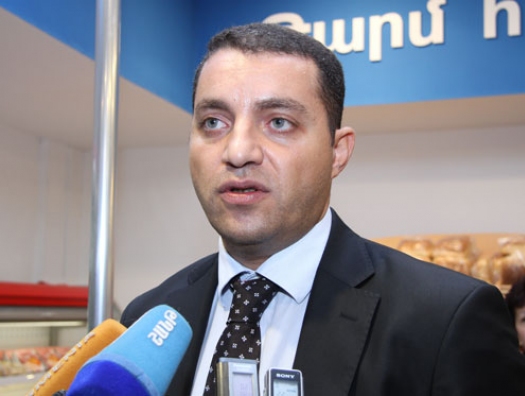
In his words, such a forecast is not only the fruit of the calculations of the Armenian side, but it is also recorded in the analytical calculations of the World Bank and the Asian Development Bank. “We all understand that unblocking roads will increase the competitiveness of our common economic development projects. Russian companies and organizations involved in bilateral negotiations take this into account,” the Armenian minister said.
Already in early November, when discussing the draft state budget for next year in the parliament of the republic, Vahan Kerobyan noted that as a result of unblocking communications in the South Caucasus, after the war in Karabakh in autumn 2020, the Armenian economy will grow by 30% in the short term. The issue will be studied taking into account the current situation and from the point of view of benefits not only for Armenia, but also for other countries, which will become an important argument for Yerevan during negotiations on unblocking economic communications, the minister added. “It is necessary to show what this will give not only to us, but also to Turkey, Azerbaijan, Iran, Georgia and other countries. This will help us correctly build our position in the negotiations,” Vahan Kerobyan explained.
In short, the Armenian economy can overcome the crisis only if the country solves communication problems with all neighboring countries. Otherwise, disaster awaits the country.



















